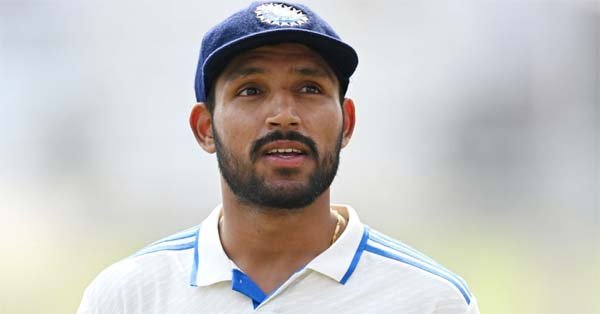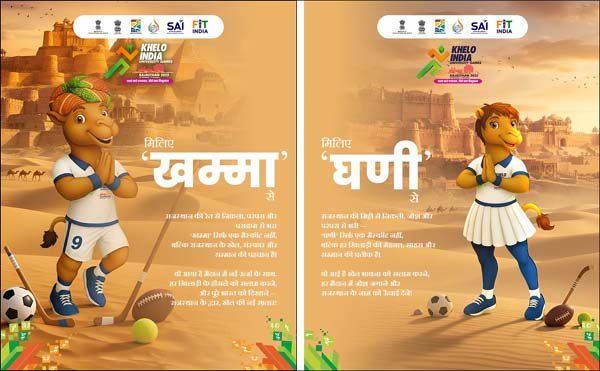Kolkata, Nov 12 (UNI) Auteur Ritwik Ghatak completely reinvented the language of cinema, discarding traditional storytelling methods to create something deeply original, says noted filmmaker Ashoke Vishwanathan.
Speaking at a seminar “Centenary Tribute to Ritwik Ghatak & Beyond” during the 31st Kolkata International Film Festival (KIFF), Vishwanathan traced Ghatak’s tenure at the Film and Television Institute of India (FTII), Pune, where the master director initially joined as Vice Principal and taught there continuously for six months.
“Even after that, he continued as a guest lecturer. He was invited to the institute around 1964, possibly through an initiative by the Government of India; some say it was Mrs Indira Gandhi’s suggestion, and others say it was Satyajit Ray’s recommendation.”
Reflecting on the iconoclastic filmmaker’s contribution to Indian cinema, Vishwanathan said, “He dispensed with the so-called narrative. In films like Jukti Takko Aar Gappo, Meghe Dhaka Tara and Subarnarekha, Ghatak had already moved away from conventional storytelling. They were emotional cues, carrying pain, memory and rhythm.”
Speaking about Ghatak’s craft, Vishwanathan said the director had a way of making sound feel alive. “In Meghe Dhaka Tara, the sound of a whip is not part of the story’s reality; it’s psychological, symbolic. Even the simmering rice or the melancholic songs in Subarnarekha echo hunger, memory and loss.”
He further noted that Ghatak was one of the earliest Indian filmmakers to engage with caste and class realities. “Through Subarnarekha, he looked at the lives of Dalits not with pity but with profound empathy, setting himself apart from many of his ideological peers.”
He elucidated that Ghatak’s approach was deeply personal, shaped by his experiences of partition and displacement.
Vishwanathan concluded with a warm tribute: “Ritwik Ghatak was spontaneous, selfless and utterly giving. His cinema was never about himself, it was about all of us. That’s what makes him immortal.”
Filmmaker Supriyo Sen, whose acclaimed documentary “Way Back Home” explored his parents’ journey across a divided Bengal, described his deeply personal connection with Ghatak’s work. He noted that his sense of belonging to Ghatak came from a shared experience; he too was raised in a refugee household. “My parents’ memories were filled with beauty and pain and in Ghatak’s cinema, I saw those feelings come alive.”
The filmmaker stated that Ghatak’s films gave voice to a generation that had been silenced by denial. His stories weren’t merely about loss but about reclaiming identity.
Sen’s own films, including”Way Back Home”, he said, were born out of this search, “the search for that promised land, the land left behind.”
“While shooting in Bangladesh, I met people who mirrored characters from Ghatak’s films, the same sorrow, the same resilience. It seemed like I was transported to Ghatak’s world.”
Prof. Amaresh Chakroborty, former SRFTI (Satyajit Ray Film & Television Institute) HOD, spoke about Ghatak’s unmatched brilliance as both filmmaker and teacher. “People often say direction cannot be taught. But Ritwik proved otherwise as he showed us how to teach filmmaking by instilling faith in the creative self.”
Calling Ghatak’s films “too alive to be garlanded,” Chakraborty added, “You can’t put Ghatak on a pedestal. His work keeps flowing like a river — ever-changing, ever-relevant.”
Reflecting on Ghatak’s creative treatment of myth and memory, he said, “In Subarnarekha, Ghatak retells the Ramayana in his own way, Ram is shown as a Dalit, while Ravana emerges as a deeply tragic soul. Ghatak kept reimagining our collective past, breaking free from all borders of nation and creed.”
Dwelling on Ghatak’s never-fading relevance, Chakraborty said: “Whenever a director faces difficulty, they should ask – what would Ritwik have done? The answers always lie there”.











